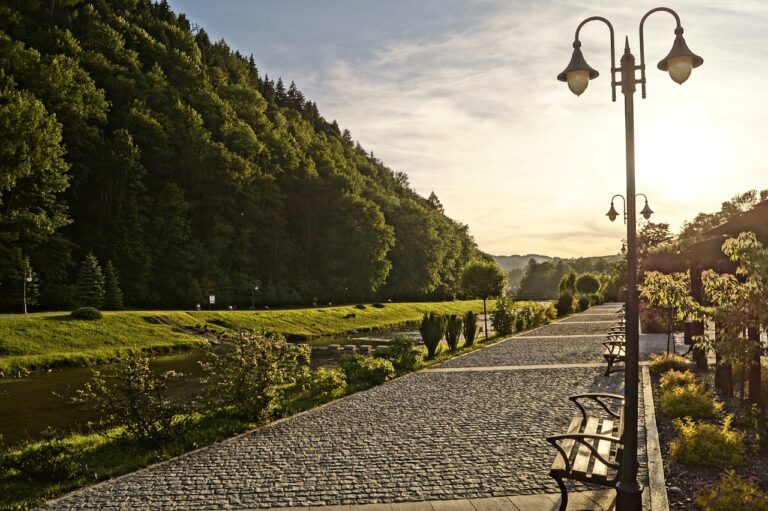Exploring the world’s most magnificent geysers: natural phenomena of thermal activity
Geysers are one of nature’s most fascinating and awe-inspiring natural phenomena. These incredible thermal features are created by underground heat sources that cause water to erupt in a spectacular display of steam and water. From the towering eruptions of Yellowstone National Park in the United States to the remote geysers of Iceland and New Zealand, geysers can be found all around the world, each with its own unique characteristics and beauty.
The Science Behind Geysers
Geysers are formed when groundwater is heated by magma deep within the Earth’s crust. As the water is heated, it expands and rises to the surface through a network of fissures and cracks in the rock. When the pressure becomes too great, the water erupts in a powerful column of steam and water, creating the iconic geyser display that we all know and love.
Yellowstone National Park, United States
Yellowstone National Park is home to some of the most famous and iconic geysers in the world. The park is located atop a massive volcanic hot spot, which fuels the geothermal activity that gives rise to the park’s geysers. Old Faithful is perhaps the most well-known geyser in Yellowstone, erupting at regular intervals to the delight of visitors from around the world.
Iceland
Iceland is another hotspot for geothermal activity, with numerous geysers scattered throughout the country. The Great Geysir, from which all other geysers get their name, is located in Haukadalur valley and is one of the oldest known geysers in the world. Strokkur, a nearby geyser, erupts more frequently than its famous neighbor, shooting water up to 40 meters into the air.
New Zealand
New Zealand is home to a number of impressive geysers, particularly in the Rotorua region on the North Island. The Pohutu Geyser in Te Puia is one of the largest active geysers in the southern hemisphere, erupting up to twenty times a day. The Whakarewarewa Thermal Valley is another popular spot to witness geysers in action, with several geothermal features on display for visitors.
The Ring of Fire
Many of the world’s most active geysers are located along the Ring of Fire, a horseshoe-shaped zone of seismic activity that encircles the Pacific Ocean. This region is home to numerous volcanoes, geysers, and hot springs, making it a hotbed of geothermal activity. Countries like Japan, Chile, and Indonesia all have their fair share of geysers, each with its own unique characteristics and beauty.
The Future of Geothermal Energy
As our planet faces the challenges of climate change and dwindling fossil fuel reserves, geothermal energy is becoming an increasingly important source of renewable energy. Geothermal power plants harness the heat of the Earth’s crust to generate electricity, providing a clean and sustainable alternative to traditional energy sources. Geysers play a crucial role in the development of geothermal energy, serving as natural indicators of underground heat sources that can be tapped for power generation.
Conclusion
Geysers are truly one of nature’s most magnificent and awe-inspiring natural phenomena. From the iconic geysers of Yellowstone National Park to the remote thermal features of Iceland and New Zealand, these incredible thermal displays never fail to captivate and inspire. As we continue to explore and study geysers around the world, we gain a deeper understanding of the Earth’s geothermal processes and the potential for harnessing clean and renewable energy from these amazing natural wonders.
FAQs
Q: What causes geysers to erupt?
A: Geysers erupt when underground heat sources cause water to boil and expand, creating pressure that forces the water to erupt in a powerful column of steam and water.
Q: Where can I see geysers around the world?
A: Geysers can be found in various countries around the world, including the United States (Yellowstone National Park), Iceland, New Zealand, Japan, Chile, and Indonesia.
Q: Are geysers dangerous to visit?
A: While geysers can be dangerous if approached too closely, most famous geysers have designated viewing areas that are safe for visitors to observe the eruptions from a safe distance.
Q: How do geysers contribute to renewable energy?
A: Geothermal energy plants harness the heat from underground geysers to generate electricity, providing a clean and sustainable alternative to traditional energy sources.







